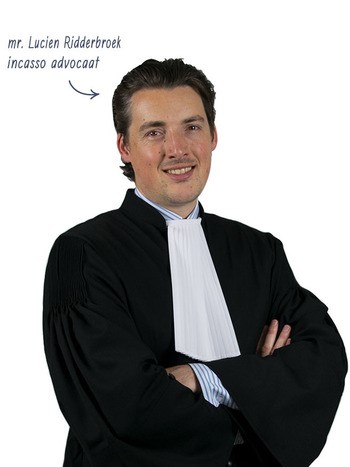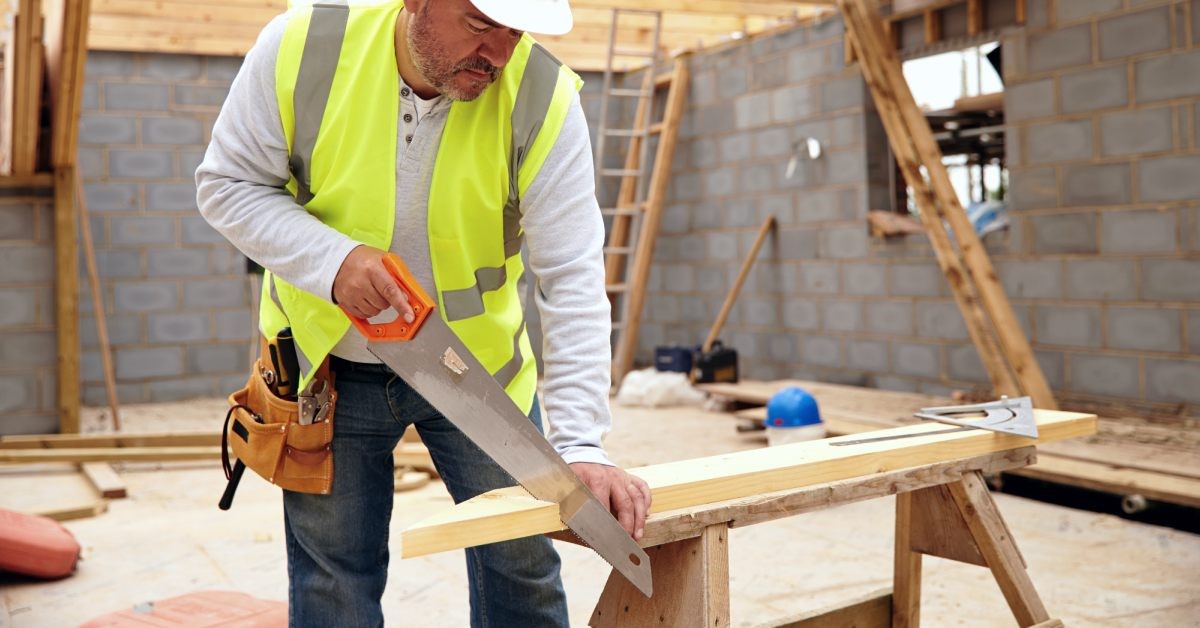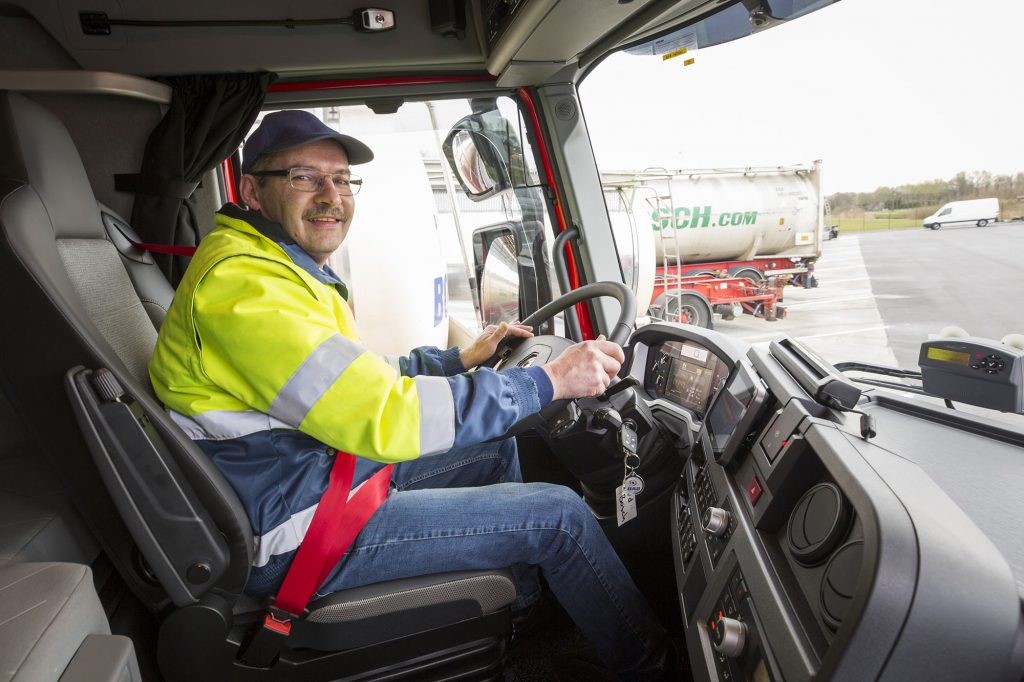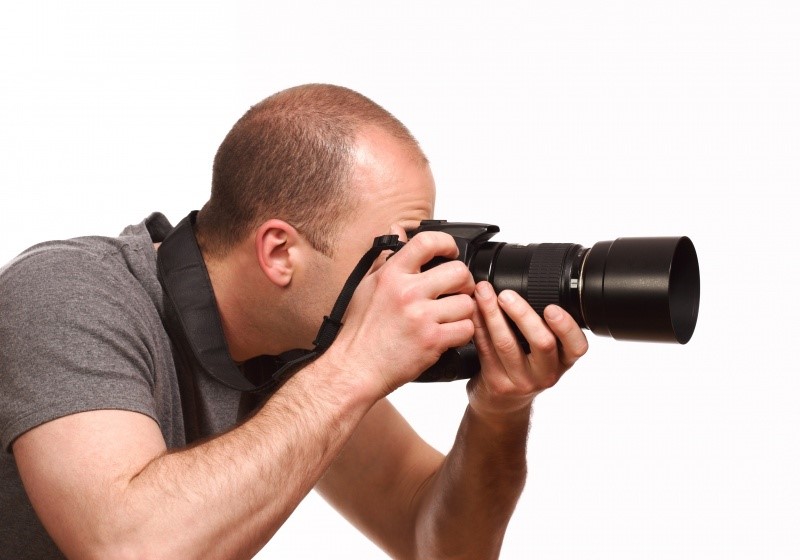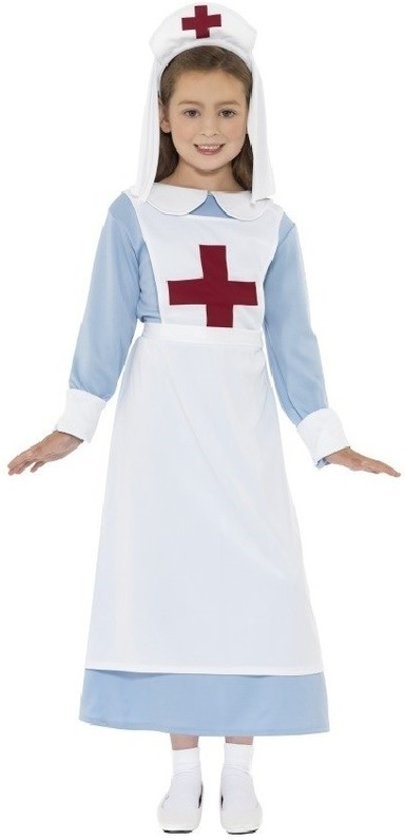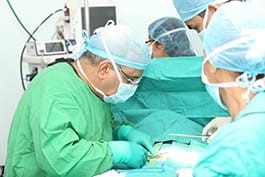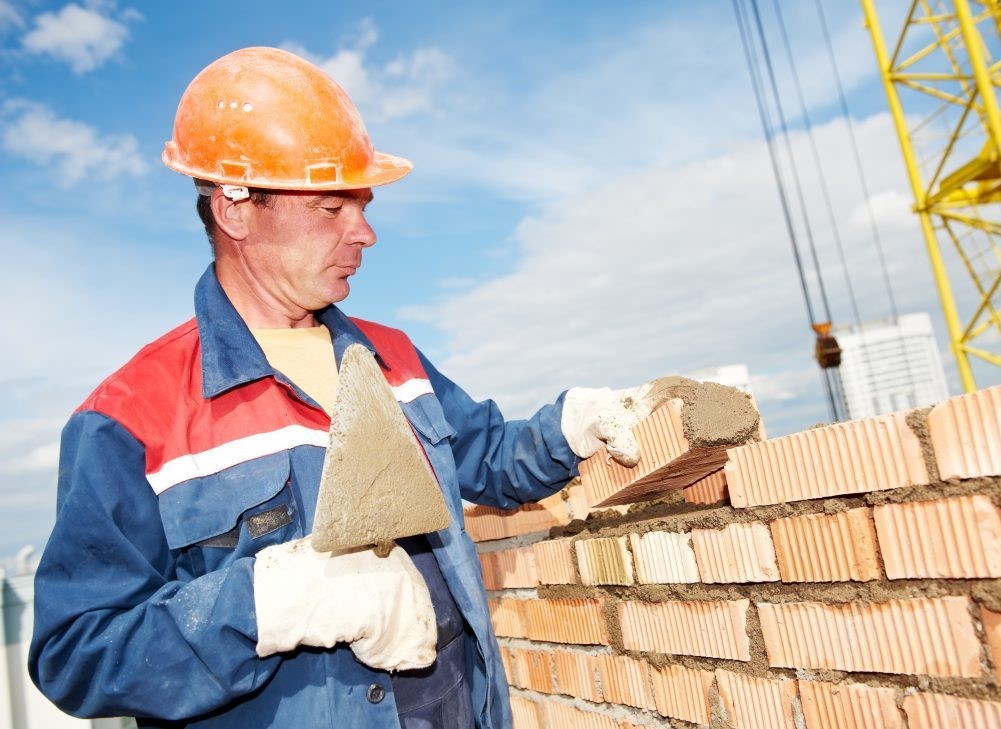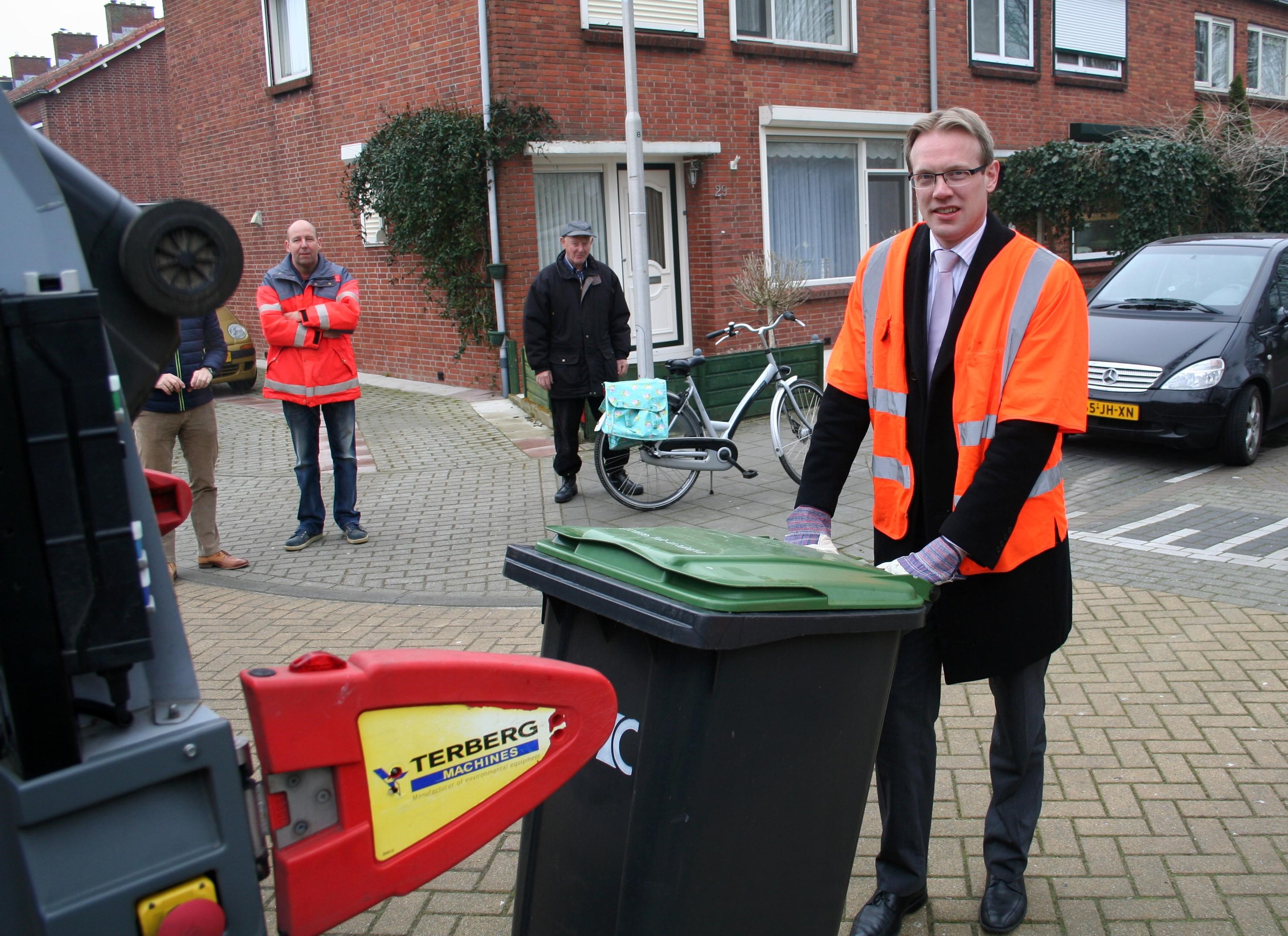| Ṭurcabdin |
Turabdin |
ܛܘܪܥܰܒܕܝܢ |
| Ṭurcabdin ṭuro šṭiḥo yo me alfo hul alfo w maṯe mëtrowat culyo bu tayman-madënḥo d Turkiya b Beṯnahrin i celayto. |
Turabdin is a mountain plateau of about 1000 to 1200 meters above sea level situated in southeastern Turkey in Upper Mesopotamia. |
ܛܘܪܥܰܒܕܝܢ ܛܘܪܐ ܫܛܝܚܐ ܝܐ ܡܶܐ ܐܰܠܦܐ ܗܘܠ ܐܰܠܦܐ ܘܡܰܬ݂ܶܐ ܡܷܬܪܳܘܰܬ ܥܘܠܝܐ ܒܘ ܬܰܝܡܰܢ-ܡܰܕܷܢܚܐ ܕܬܘܪܟܝـܝܰܐ ܒܒܶܝܬ݂ܢܰܗܪܝܢ ܐܝ ܥܶܠܰܝܬܐ. |
| Kule mas Suryoye camiro wa w heš kit ebe Suryoye. |
It used to be inhabited by Syriacs and there are still some living there. |
ܟܘܠܶܗ ܡܰܣ ܣܘܪܝܳܝܶܐ ܥܰܡܝܪܐ ܘܰܐ ܘܗܶܫ ܟܝܬ ܐܶܒܶܗ ܣܘܪܝܳܝܶܐ. |
| Cal i xariṭa d Turkiya Ṭurcabdin lo komaḥwe xud qlimo l ruḥe. |
On the Turkish map, Turabdin is not shown as a continuous region. |
ܥܰܠ ܐܝ ܟ݂ܰܪܝܛܰܐ ܕܬܘܪܟܝـܝܰܐ ܛܘܪܥܰܒܕܝܢ ܠܐ ܟܳܡܰܚܘܶܐ ܟ݂ܘܕ ܩܠܝܡܐ ܠܪܘܚܶܗ. |
| Bu macërbo d Ṭurcabdin këṯyo i mḏito d Marde, bu madënḥo i mḏito dë Gziro cal u nahro d Dëqlaṯ. |
The city of Mardin is located in the West of Turabdin and in the east there is the town Cizre at the Tigris. |
ܒܘ ܡܰܥܷܪܒܐ ܕܛܘܪܥܰܒܕܝܢ ܟܷܐܬ݂ܝܐ ܐܝ ܡܕ݂ܝܬܐ ܕܡܰܪܕܶܐ، ܒܘ ܡܰܕܷܢܚܐ ܐܝ ܡܕ݂ܝܬܐ ܕܷܓܙܝܪܐ ܥܰܠ ܐܘ ܢܰܗܪܐ ܕܕܷܩܠܰܬ݂. |
| Bu garbyo kofayšo Ḥësno d Kifo, haṯe ste cal u nahro d Dëqlaṯ yo, w bu taymno i mḏito dë Nṣiwën d këtyo cal u tḥumo d Suriya. |
In the north there is Hasankeyf, also this town is located at the Tigris and in the south there is the town Nusaybin, which is located at the border with Syria. |
ܒܘ ܓܰܪܒܝܐ ܟܳܦܰܝܫܐ ܚܷܣܢܐ ܕܟܝܦܐ، ܗܰܬ݂ܶܐ ܣܬܶܐ ܥܰܠ ܐܘ ܢܰܗܪܐ ܕܕܷܩܠܰܬ݂ ܝܐ، ܘܒܘ ܬܰܝܡܢܐ ܐܝ ܡܕ݂ܝܬܐ ܕܷܢܨܝܘܷܢ ܕܟܷܬܝܐ ܥܰܠ ܐܘ ܬܚܘܡܐ ܕܣܘܪܝـܝܰܐ. |
| B Ṭurcabdin kito qëryawoṯe nacime ġäläbe, elo ucdo an noše bu zoyudo kocayši bam mḏinoṯe d Mëḏyaḏ, Nṣiwën, Azëx, Gziro, Ḥësno d Kifo w Karboran. |
In Turabdin there are many small villages, but at the moment most of the people live in the towns of Midyat, Nusaybin, Idil, Cizre, Hasankeyf and Dargeçit. |
ܒܛܘܪܥܰܒܕܝܢ ܟܝܬܐ ܩܷܪܝܰܘܳܬ݂ܶܐ ܢܰܥܝܡܶܐ ܓ݂ܱܠܱܒܶܐ، ܐܶܠܐ ܐܘܥܕܐ ܐܰܢ ܢܳܫܶܐ ܒܘ ܙܳܝܘܕܐ ܟܳܥܰܝܫܝ ܒܰܡ ܡܕ݂ܝܢܳܬ݂ܶܐ ܕܡܷܕ݂ܝܰܕ݂، ܢܨܝܘܷܢ، ܐܰܙܷܟ݂، ܓܙܝܪܐ، ܚܷܣܢܐ ܕܟܝܦܐ ܘܟܰܪܒܳܪܰܢ. |
| Mëḏyaḏ nuqazto rišayto yo w konëflo b falge d Ṭurcabdin. U mënyono dac comurayḏa maṭi lë tmoni alfo nafšoṯe. |
Midyat is a central place and is located in the middle of Turabdin. Its population has reached 80,000. |
ܡܷܕ݂ܝܰܕ݂ ܢܘܩܰܙܬܐ ܪܝܫܰܝܬܐ ܝܐ ܘܟܳܢܷܦܠܐ ܒܦܰܠܓܶܗ ܕܛܘܪܥܰܒܕܝܢ. ܐܘ ܡܷܢܝܳܢܐ ܕܰܥ ܥܳܡܘܪܰܝܕ݂ܰܗ ܡܰܛܝ ܠܷܬܡܳܢܝ ܐܰܠܦܐ ܢܰܦܫܳܬ݂ܶܐ. |
| U qlimo d Ṭurcabdin fliġo yo mdabronoiṯ cal af fënyoṯe d Marde, Baṭman w Šarnax. |
The region of Turabdin is administratively divided in the provinces Mardin, Batman and Şırnak. |
ܐܘ ܩܠܝܡܐ ܕܛܘܪܥܰܒܕܝܢ ܦܠܝܓ݂ܐ ܝܐ ܡܕܰܒܪܳܢܳܐܝܬ݂ ܥܰܠ ܐܰܦ ܦܷܢܝܳܬ݂ܶܐ ܕܡܰܪܕܶܐ، ܒܰܐܛܡܰܢ ܘܫܰܪܢܰܟ݂. |
| Aš šuġlone di šulṭonuṯo bat tlaṯ mḏinoṯani komisomi. |
The official affairs are regulated in these three cities. |
ܐܰܫ ܫܘܓ݂ܠܳܢܶܐ ܕܝ ܫܘܠܛܳܢܘܬ݂ܐ ܒܰܬ ܬܠܰܬ݂ ܡܕ݂ܝܢܳܬ݂ܰܢܝ ܟܳܡܝܣܳܡܝ. |
| Cam u zabno came mšaḥëlfe aṯën w camiri b Ṭurcabdin. Elo ac comurayḏe aš šëršonoye as Suryoye ne. |
Over time, various peoples arrived and settled in Turabdin. Nevertheless, its original inhabitants are the Syriacs. |
ܥܰܡ ܐܘ ܙܰܒܢܐ ܥܰܡܶܐ ܡܫܰܚܷܠܦܶܐ ܐܰܬ݂ܷܢ ܘܥܰܡܝܪܝ ܒܛܘܪܥܰܒܕܝܢ. ܐܶܠܐ ܐܰܥ ܥܳܡܘܪܰܝܕ݂ܶܗ ܐܰܫ ܫܷܪܫܳܢܳܝܶܐ ܐܰܣ ܣܘܪܝܳܝܶܐ ܢܶܐ. |
| Bëṯër mu Sayfo daḥ ḥamšacsar w man ëštiyat u mënyono das Suryoye naḥët ġäläbe w maṭi bay yawmani l noqëṣ me tre alfo nafšoṯe b Ṭurcabdin kule. |
After the 1915 genocide and since the 1960s the Syriac population in Turabdin has decreased drastically and today it is less than 2,000. |
ܒܷܬ݂ܷܪ ܡܘ ܣܰܝܦܐ ܕܰܚ ܚܰܡܫܰܥܣܰܪ ܘܡܰܢ ܐܷܫܬܝـܝܰܬ ܐܘ ܡܷܢܝܳܢܐ ܕܰܣ ܣܘܪܝܳܝܶܐ ܢܰܚܷܬ ܓ݂ܱܠܱܒܶܐ ܘܡܰܛܝ ܒܰܝ ܝܰܘܡܰܢܝ ܠܢܳܩܷܨ ܡܶܐ ܬܪܶܐ ܐܰܠܦܐ ܢܰܦܫܳܬ݂ܶܐ ܒܛܘܪܥܰܒܕܝܢ ܟܘܠܶܗ. |
| I marduṯo w u lišono das Suryoye kul d aṯi talën me qum i cayno. Fayiši bëlḥuḏe bad dayre w bac citoṯe aw baq qëryawoṯe d as Suryoye kocayši appe. |
Over time, the culture and language of the Syriacs have become less visible in society. They can only be found in the monasteries, churches or villages which are inhabited by Syriacs. |
ܐܝ ܡܰܪܕܘܬ݂ܐ ܘܐܘ ܠܝܫܳܢܐ ܕܰܣ ܣܘܪܝܳܝܶܐ ܟܘܠ ܕܐܰܬ݂ܝ ܬܰܠܷܢ ܡܶܐ ܩܘܡ ܐܝ ܥܰܝܢܐ. ܦܰܝـܝܫܝ ܒܷܠܚܘܕ݂ܶܗ ܒܰܕ ܕܰܝܪܶܐ ܘܒܰܥ ܥܝܬܳܬ݂ܶܐ ܐܰܘ ܒܰܩ ܩܷܪܝܰܘܳܬ݂ܶܐ ܕܐܰܣ ܣܘܪܝܳܝܶܐ ܟܳܥܰܝܫܝ ܐܰܦ݁ܦ݁ܶܗ. |
| I aġlabiye dac comure d Ṭurcabdin adyawma Kurdoye ne. I marduṯo w u lišono Kurdoyo mšalṭe ne bu qlimo, cam gabe d këtyo u Turkoyo u lišono rušmoyo. |
The majority of the inhabitants of Turabdin are nowadays Kurds. The Kurdish culture and language are dominant in the region, while Turkish is the official language. |
ܐܝ ܐܰܓ݂ܠܰܒܝـܝܶܐ ܕܰܥ ܥܳܡܘܪܶܐ ܕܛܘܪܥܰܒܕܝܢ ܐܰܕܝܰܘܡܰܐ ܟܘܪܕܳܝܶܐ ܢܶܐ. ܐܝ ܡܰܪܕܘܬ݂ܐ ܘܐܘ ܠܝܫܳܢܐ ܟܘܪܕܳܝܐ ܡܫܰܠܛܶܐ ܢܶܐ ܒܘ ܩܠܝܡܐ، ܥܰܡ ܓܰܒܶܗ ܕܟܷܬܝܐ ܐܘ ܬܘܪܟܳܝܐ ܐܘ ܠܝܫܳܢܐ ܪܘܫܡܳܝܐ. |
| Ṭurcabdin, me ëšme komiḏac d këtyo qlimo ṭuroyo, bu qayṭo šaḥuno yo w bu saṯwo jamudo yo. |
Turabdin, as its name suggests, is a mountainous region; in the summer it is hot and in the winter it is cold. |
ܛܘܪܥܰܒܕܝܢ، ܡܶܐ ܐܷܫܡܶܗ ܟܳܡܝܕ݂ܰܥ ܕܟܷܬܝܐ ܩܠܝܡܐ ܛܘܪܳܝܐ، ܒܘ ܩܰܝܛܐ ܫܰܚܘܢܐ ܝܐ ܘܒܘ ܣܰܬ݂ܘܐ ܔܰܡܘܕܐ ܝܐ. |
| U rabëc w at tëšroyoṯe šuḥlofe du maṭro ne. Bay yarḥe du rabëc koqolab l ganṯo d këtyo bzërto b kul šëkël d warde w baybune. |
Spring and Autumn are rainy seasons. During spring time it develops into a garden that is full with different kind of flowers and blossoms. |
ܐܘ ܪܰܒܷܥ ܘܰܐܬ ܬܷܫܪܳܝܳܬ݂ܶܐ ܫܘܚܠܳܦܶܐ ܕܘ ܡܰܛܪܐ ܢܶܐ. ܒܰܝ ܝܰܪܚܶܐ ܕܘ ܪܰܒܷܥ ܟܳܩܳܠܰܒ ܠܓܰܢܬ݂ܐ ܕܟܷܬܝܐ ܒܙܷܪܬܐ ܒܟܘܠ ܫܷܟܷܠ ܕܘܰܪܕܶܐ ܘܒܰܝܒܘܢܶܐ. |
| Qlimo ġäläbe šafiro w šalyo yo. Këtle hawa ṣfiṯo w basëmto, elo faqiro yo mam maye. |
The area is very beautiful and quiet. It has clean and nice air, but it does not have much water. |
ܩܠܝܡܐ ܓ݂ܱܠܱܒܶܐ ܫܰܦܝܪܐ ܘܫܰܠܝܐ ܝܐ. ܟܷܬܠܶܗ ܗܰܘܰܐ ܨܦܝܬ݂ܐ ܘܒܰܣܷܡܬܐ، ܐܶܠܐ ܦܰܩܝܪܐ ܝܐ ܡܰܡ ܡܰܝܶܐ. |
| Karyo ëmmina, Ṭurcabdin qlimo maxtabzabnoyo das Suryoye yo. |
In short, Turabdin is historically a region of the Suryoye. |
ܟܰܪܝܐ ܐܷܡܡܝܢܰܐ، ܛܘܪܥܰܒܕܝܢ ܩܠܝܡܐ ܡܰܟ݂ܬܰܒܙܰܒܢܳܝܐ ܕܰܣ ܣܘܪܝܳܝܶܐ ܝܐ. |
| Ebe macmarre hënne dayre w citoṯe maz zabne qamoye di mšiḥoyuṯo w mšatasse madrašyoṯe iḏice w celoye d mawfaqqe malfone, kaṯowe w yaducṯone rabe. |
There they built monasteries and churches in early Christian times and founded famous schools of higher education that produced great teachers, authors and scholars. |
ܐܶܒܶܐ ܡܰܥܡܰܪܪܶܗ ܗܷܢܢܶܐ ܕܰܝܪܶܐ ܘܥܝܬܳܬ݂ܶܐ ܡܰܙ ܙܰܒܢܶܐ ܩܰܡܳܝܶܐ ܕܝ ܡܫܝܚܳܝܘܬ݂ܐ ܘܡܫܰܬܰܣܣܶܗ ܡܰܕܷܪܰܫܝܳܬ݂ܶܐ ܐܝܕ݂ܝܥܶܐ ܘܥܶܠܳܝܶܐ ܕܡܰܘܦܰܩܩܶܗ ܡܰܠܦܳܢܶܐ، ܟܰܬ݂ܳܘܶܐ ܘܝܰܕܘܥܬ݂ܳܢܶܐ ܪܰܒܶܐ. |
